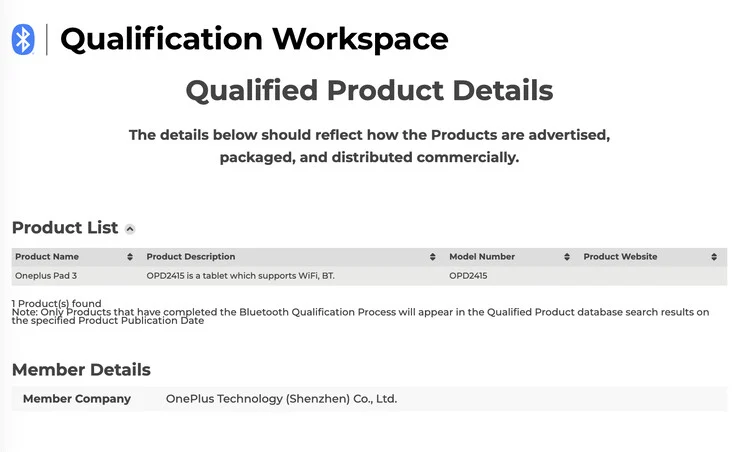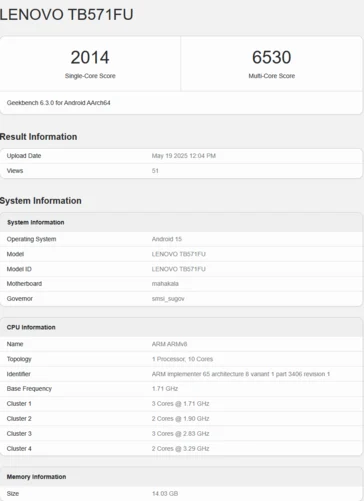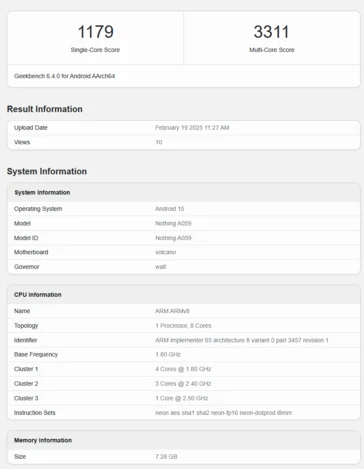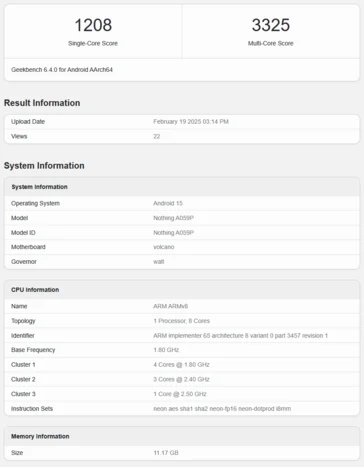Key Takeaways
1. The Snapdragon 8 Elite 2 has been benchmarked on Geekbench ahead of its official reveal, indicating its imminent release.
2. It scored 3,393 points in single-core and 11,515 points in multi-core tests, showing a performance improvement over its predecessor but not as high as some earlier predictions.
3. The CPU is currently clocked at 4.0 GHz, suggesting there is potential for further performance enhancement in the final version.
4. The Snapdragon 8 Elite 2 maintains a 6+2 CPU architecture, supports the SME instruction set, and is paired with 12 GB of RAM in the Galaxy S26 Edge running Android 16.
5. The performance of the Snapdragon 8 Elite 2 raises concerns for Samsung’s Exynos 2600, likely leading to its adoption across the entire Galaxy S26 series.
After a long time filled with leaks, rumors, and speculations, the Snapdragon 8 Elite 2 has made its debut on Geekbench. This appearance comes just weeks ahead of Qualcomm’s scheduled reveal in late September. We also get a glimpse of Samsung’s new flagship, the Galaxy S26 Edge, which has the codename SM-S947U. Therefore, it seems the chip we are discussing is probably the Snapdragon 8 Elite 2 For Galaxy.
Performance Scores
It has achieved a score of 3,393 points in Geekbench 6.4’s single-core test and 11,515 points in multi-core performance. The single-core score is a bit more than 10% faster than the Snapdragon 8 Elite (3,087/8,571), but it’s not as spectacular as earlier leaks suggested. A look at the Geekbench backend shows that the Snapdragon 8 Elite 2 For Galaxy isn’t operating at its maximum capacity, with the CPU clocked at 4.0 GHz instead of the peak boost clock of 4.74 GHz. It’s evident that there’s much performance still to be unlocked, which is typical for a pre-production model.
Specifications Details
Similar to its predecessor, the Snapdragon 8 Elite 2 features a 6+2 CPU architecture with the E-cores reaching up to 3.63 GHz. The SME (Scalable Matrix Extension) instruction set is indeed supported, as hinted at in earlier rumors. The Galaxy S26 Edge model under scrutiny is equipped with 12 GB of RAM and is operating on Android 16, likely an early version of One UI 8.0.
Implications for Samsung
This information does not bode well for Samsung’s Exynos 2600. Even though it appeared in Geekbench before the Snapdragon 8 Elite 2, its performance was not impressive. Furthermore, if the Galaxy S26 Edge is using the Snapdragon 8 Elite 2, it’s quite reasonable to expect that the entire Galaxy S26 series will likely adopt the same chip. This is great news for consumers, but not so much for Samsung Foundry.
Source:
Link














